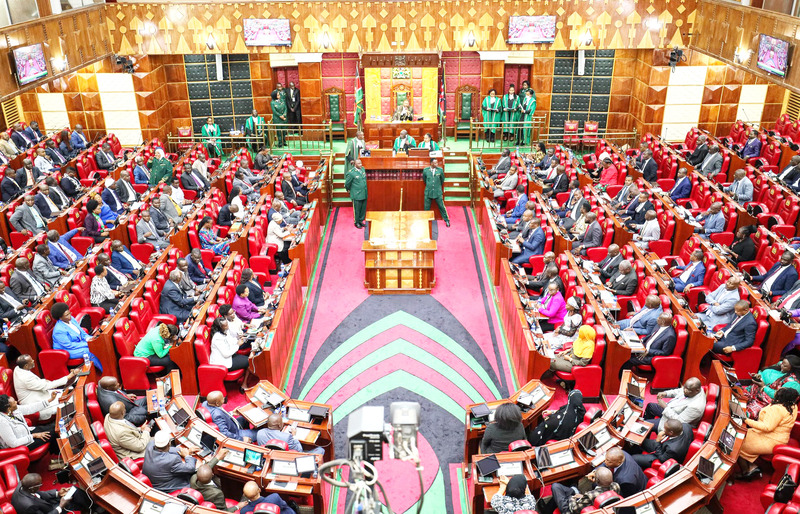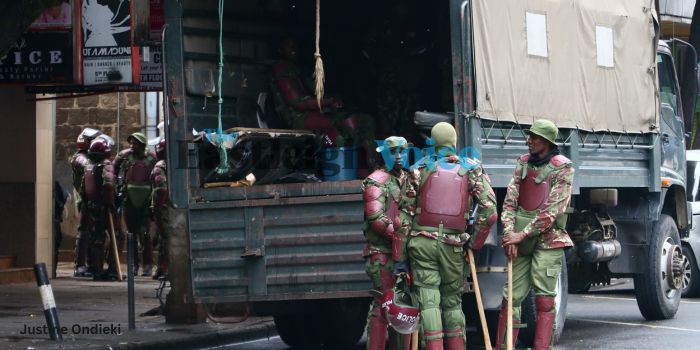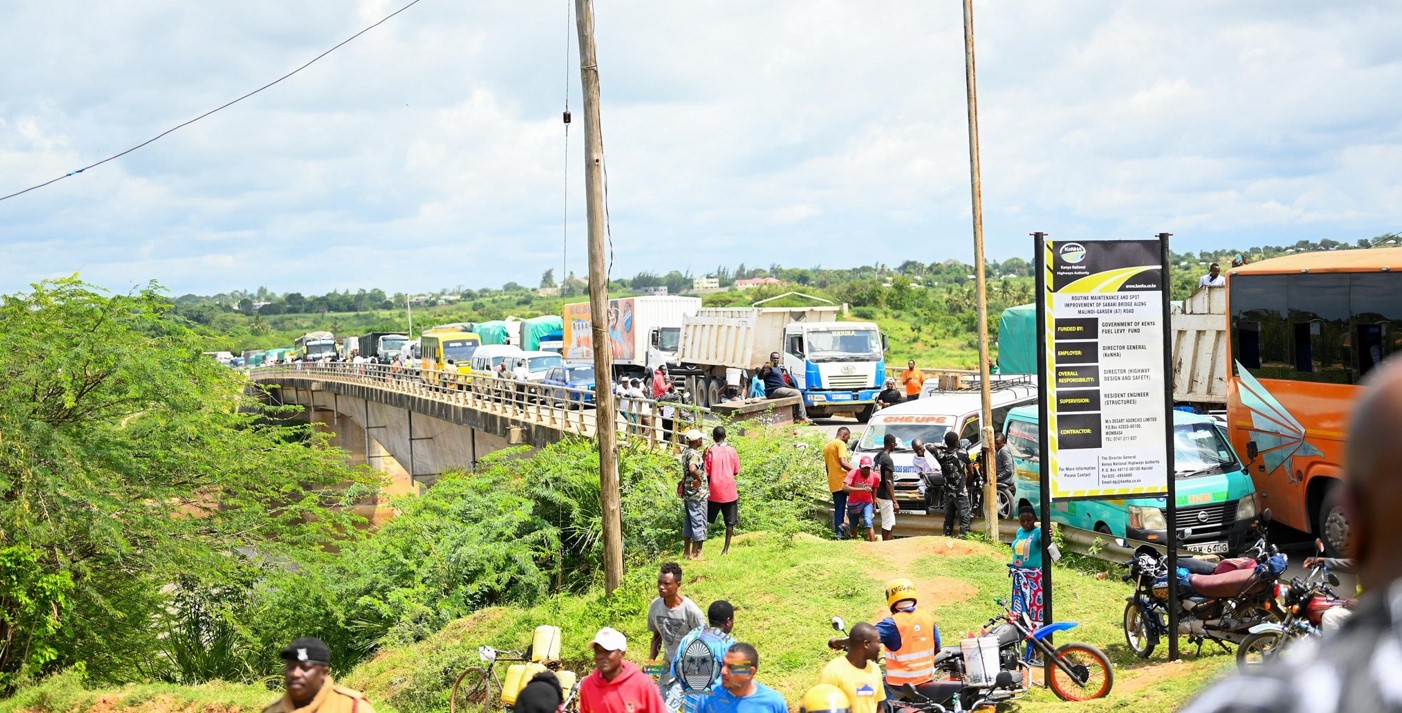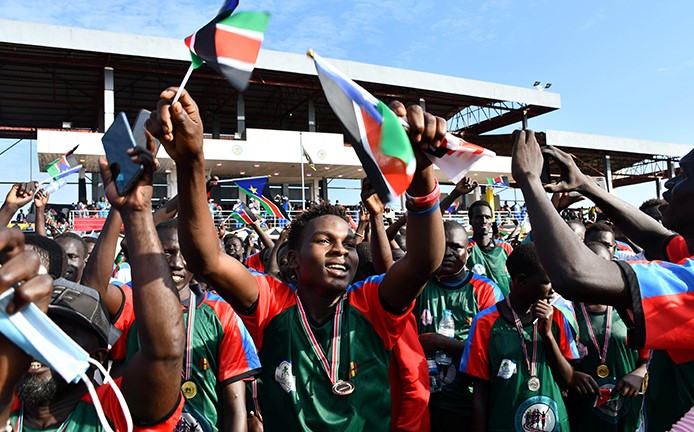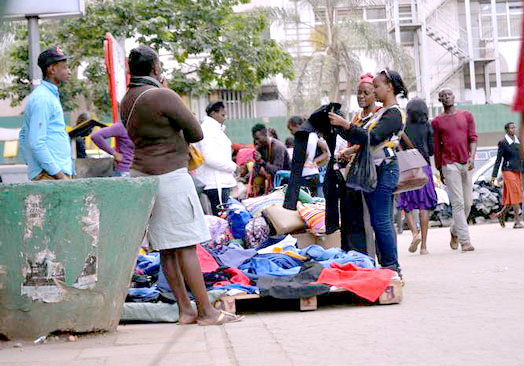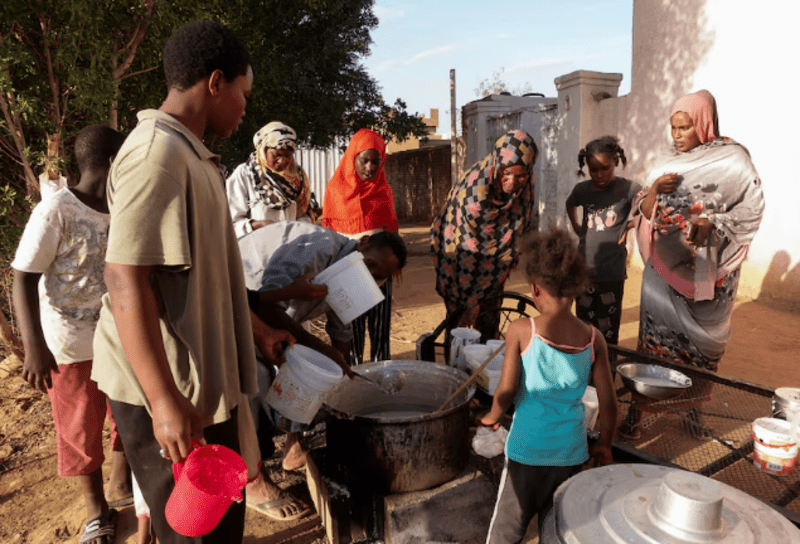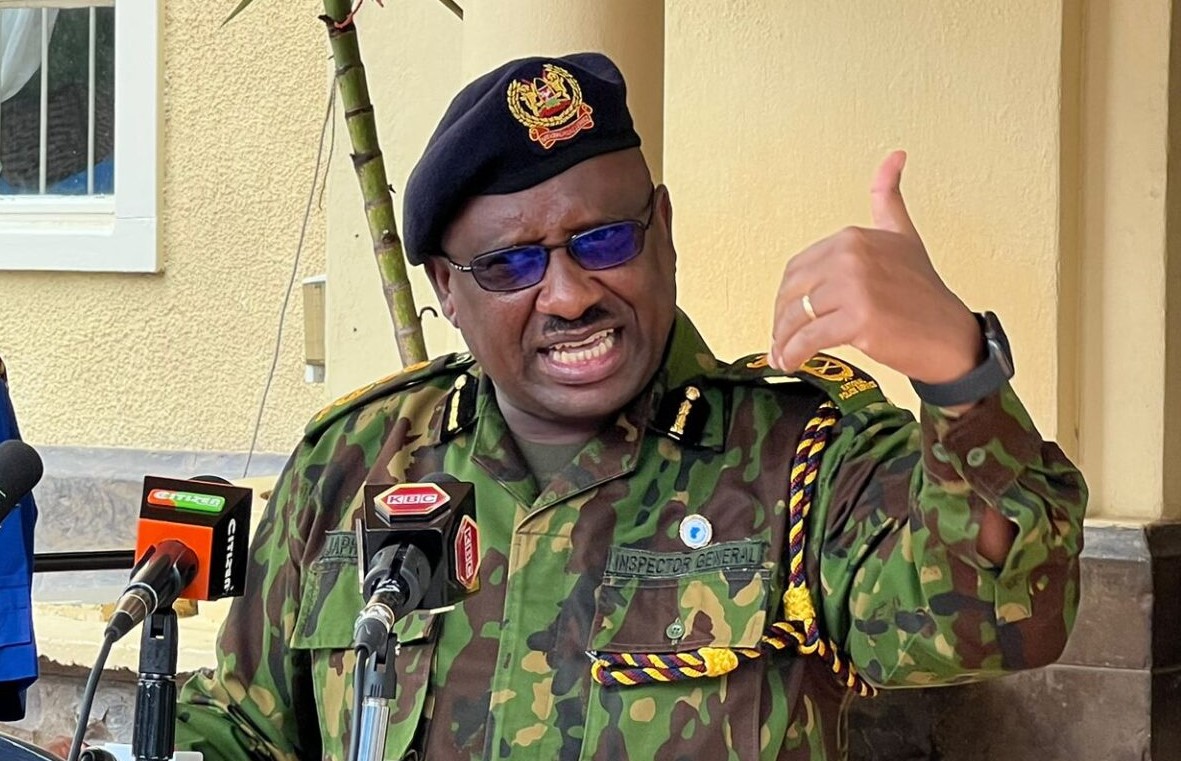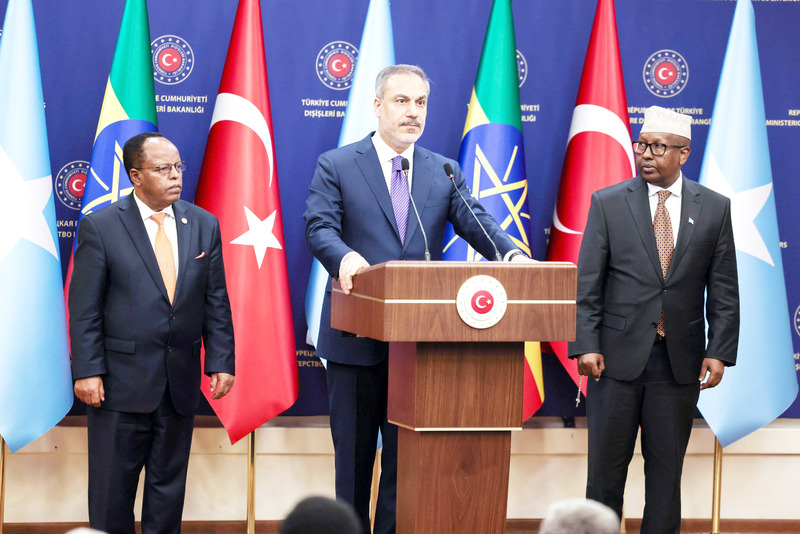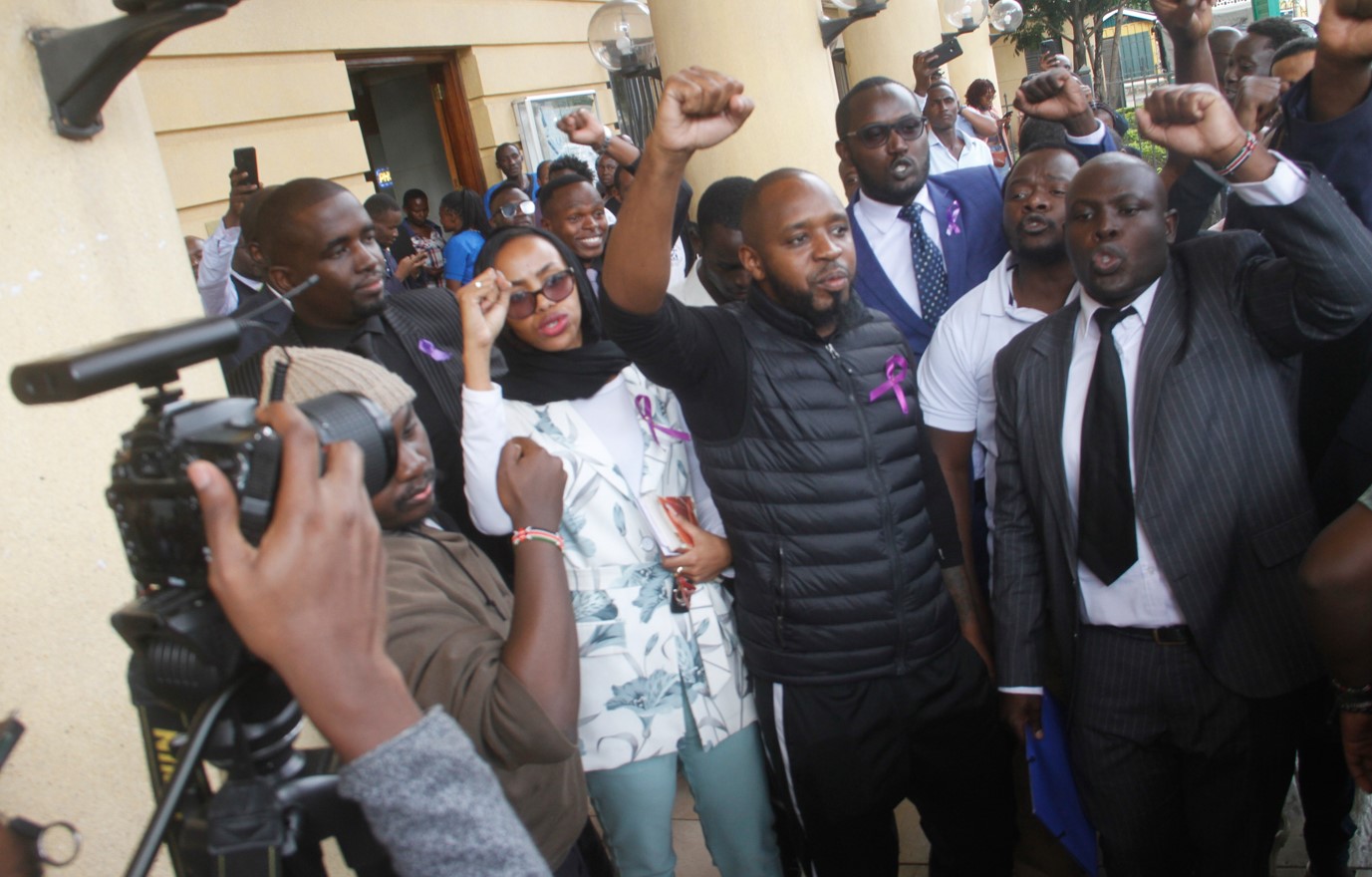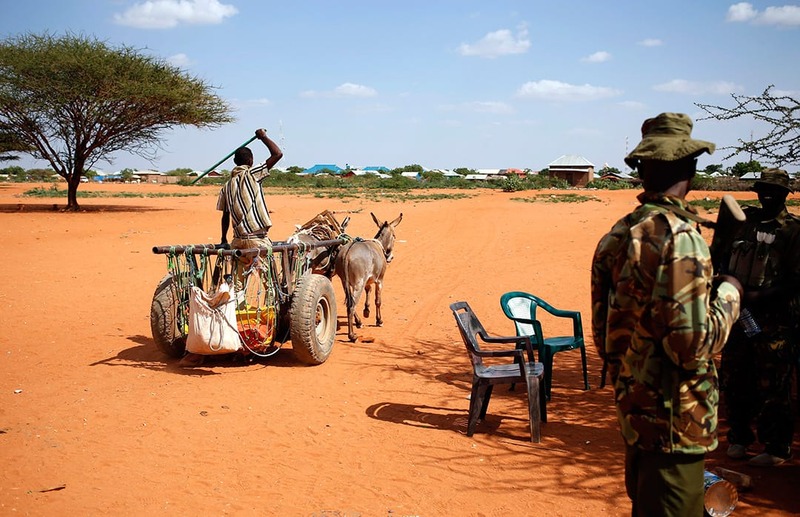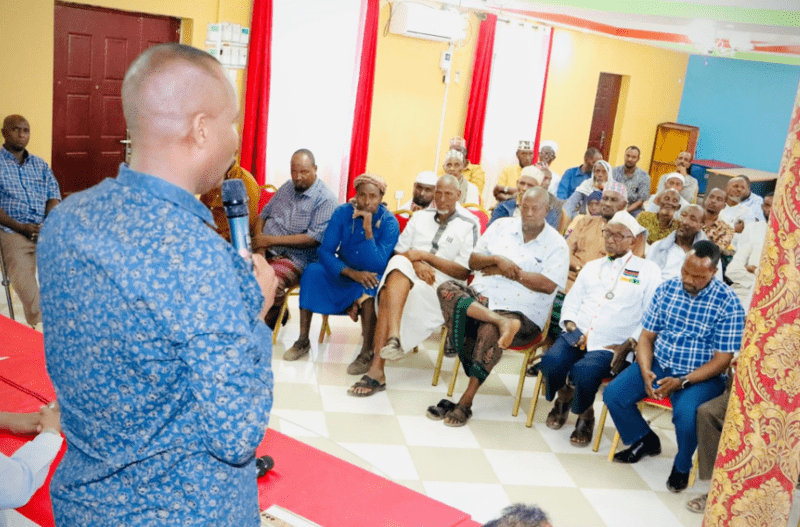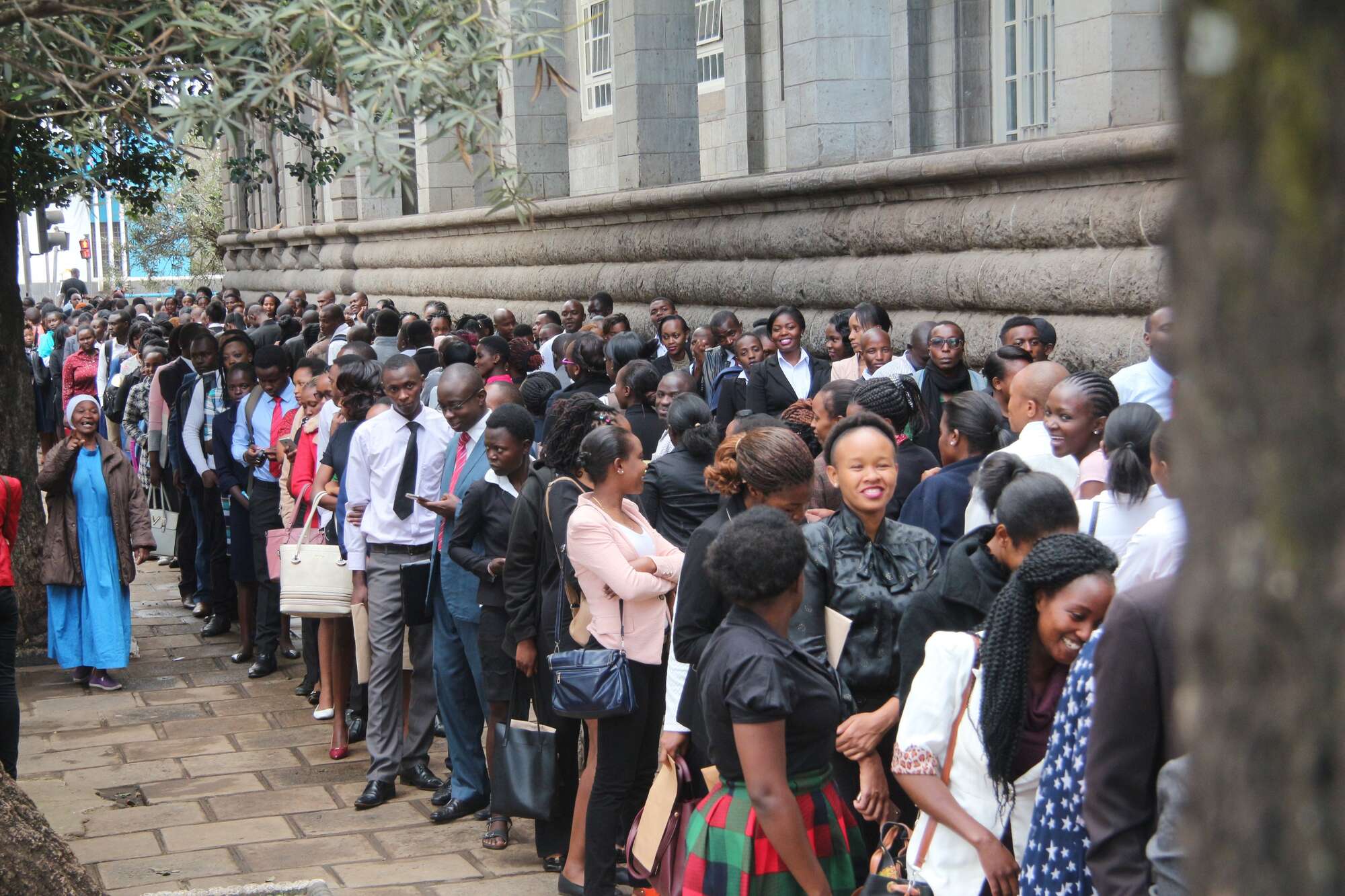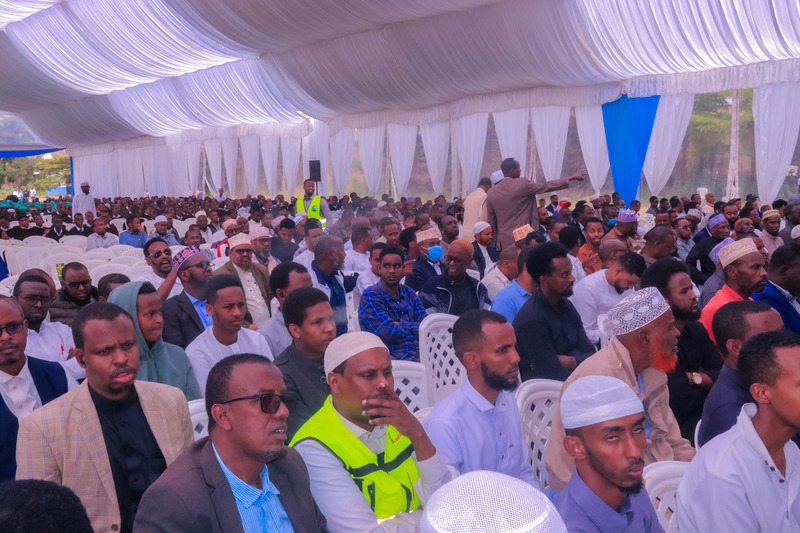World Refugee Day highlights growing crisis of displacement due to violence and climate change
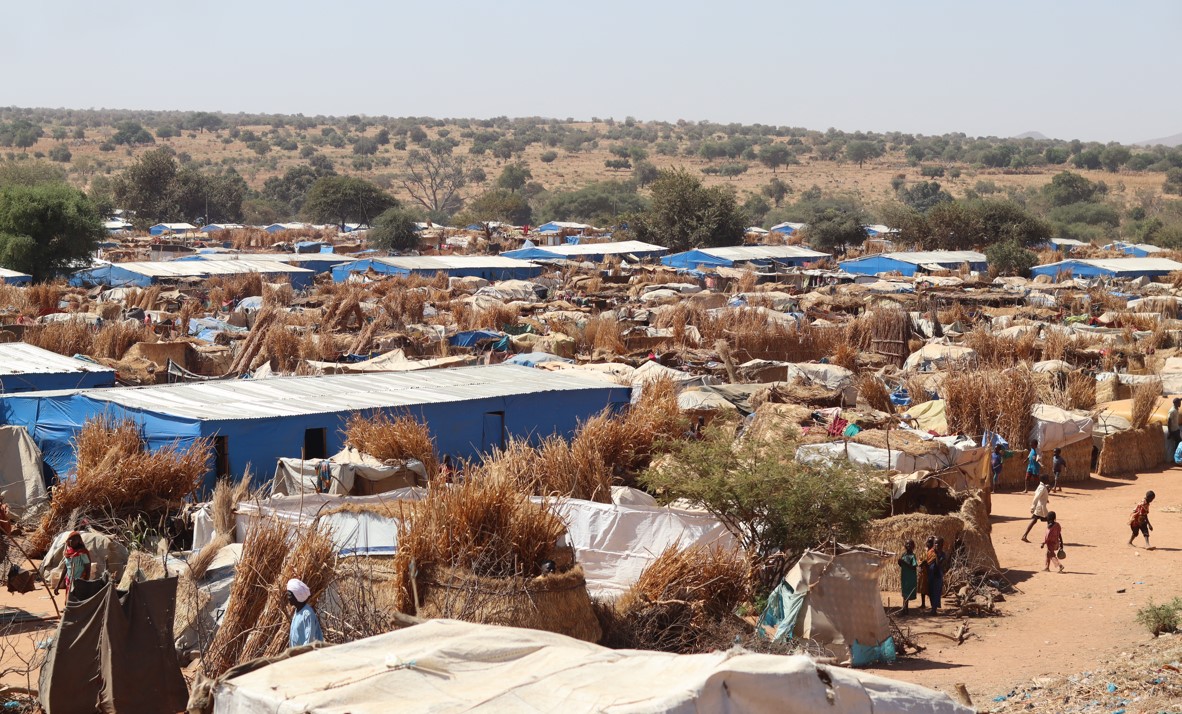
By Charity Kilei and Terry Muriuki |
UNHCR estimates that by mid-2023, over 120 million individuals worldwide were forcibly displaced, with 40 per cent being children. 75 per cent of these displaced individuals are hosted in low- and middle-income countries.
As the world observes World Refugee Day on June 20, nations are confronted with the enduring challenges posed by relentless violence and climate change, which have displaced millions from their homes.
Embracing this year's theme of "Solidarity with Refugees," the global community stands united in recognising and supporting the resilience of those compelled to flee.
Keep reading
According to the UNHCR Global Trends Report for 2023, released in May 2024, the number of displaced people worldwide has surpassed 120 million. This includes individuals forcibly displaced due to persecution, conflict, violence, and human rights violations—a figure that has increased by 8 per cent since 2022 and more than doubled in the past decade.
In 2023, one in 69 people globally—equivalent to 1.5 per cent of the world's population—experienced forced displacement. The global refugee population grew by 7 per cent to 43.4 million, encompassing 5.8 million individuals requiring international protection, mainly from Venezuela, and six million Palestinian refugees under UNRWA's mandate.
According to UNHCR, there are 68.3 million internally displaced people and 6.9 million asylum seekers worldwide. The majority of refugees and those in need of international protection are hosted by low- and middle-income countries.
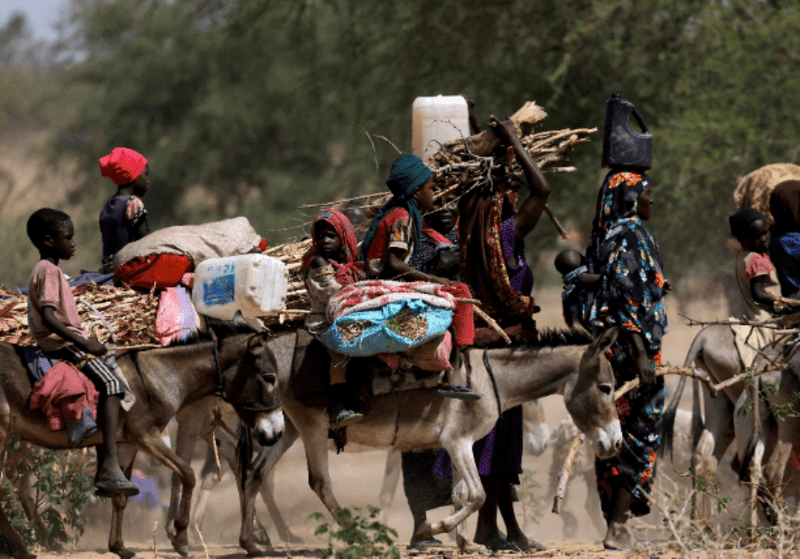 Sudanese refugees who fled the violence in the Darfur region ride their donkeys looking for space to temporarily settle, near the border between Sudan and Chad in Goungour, Chad May 8, 2023. (Reuters)
Sudanese refugees who fled the violence in the Darfur region ride their donkeys looking for space to temporarily settle, near the border between Sudan and Chad in Goungour, Chad May 8, 2023. (Reuters)
UNHCR estimates that by mid-2023, over 120 million individuals worldwide were forcibly displaced, with 40 per cent being children. 75 per cent of these displaced individuals are hosted in low- and middle-income countries.
Climate change increases the vulnerabilities of forcibly displaced populations, leading to both new and prolonged displacement crises. The report underscores impacts such as extreme weather events, diminishing natural resources, and heightened risks faced by women during disasters. Without effective adaptation measures, climate change is projected to disproportionately affect displaced communities.
UN High Commissioner for Refugees Filippo Grandi addressed the impact of Sudan's war, emphasising, "Amidst multiple challenges, the conflict in Sudan has led to hundreds of thousands seeking refuge in neighbouring countries like South Sudan, exacerbating regional instability." Grandi urged global attention to Sudanese refugees, stating during World Refugee Day, "Don’t forget the refugees of Sudan. South Sudan and Sudan share a history of hosting refugees from multiple conflicts impacting the region."
Africa remains deeply affected by long-standing conflicts, particularly evident in Somalia's decades-long civil war and heightened Al-Shabaab attacks, leading to mass displacement in 2022—the deadliest year since 2018.
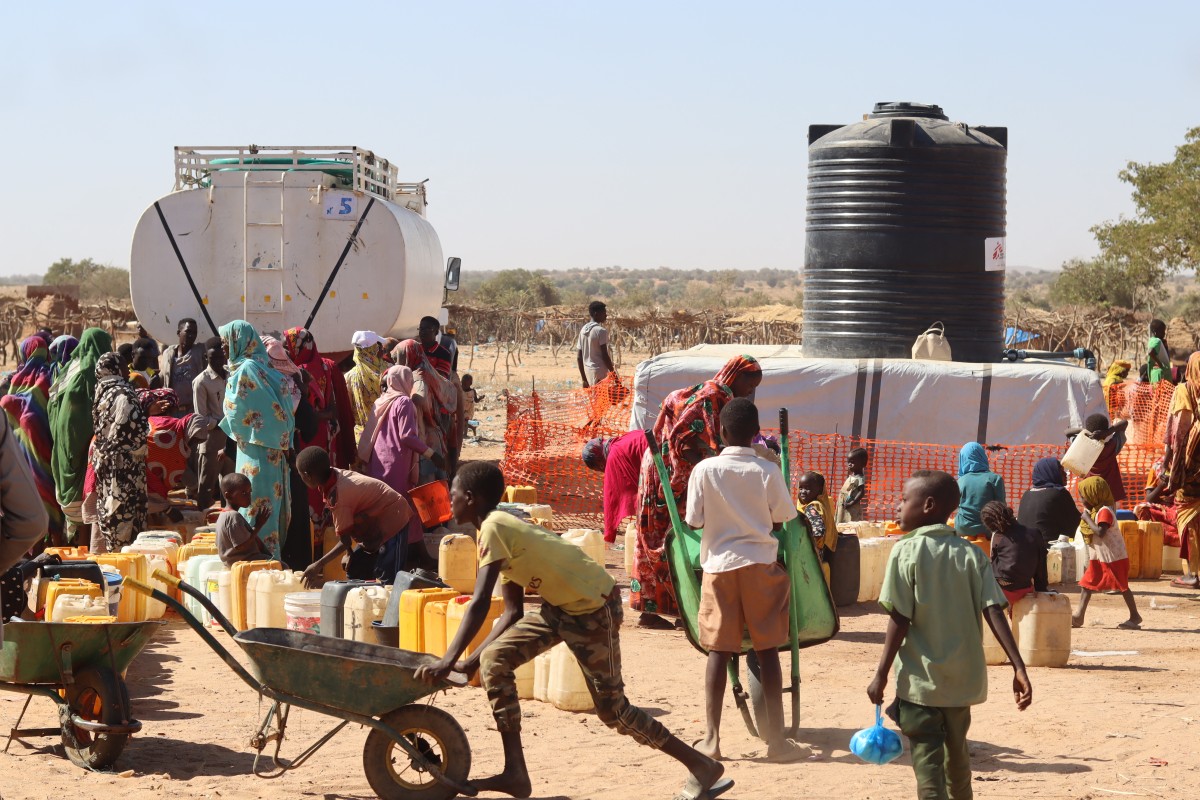 Refugees fleeing the conflict in Sudan queue with their jerrycans to queue to collect drinking water from the Doctors Without Borders (MSF) distribution point at the Ourang refugee camp in Adre on December 7, 2023. (Photo by Denis Sassou Gueipeur / AFP)
Refugees fleeing the conflict in Sudan queue with their jerrycans to queue to collect drinking water from the Doctors Without Borders (MSF) distribution point at the Ourang refugee camp in Adre on December 7, 2023. (Photo by Denis Sassou Gueipeur / AFP)
According to UNHCR, the refugee and asylum-seeker population in Kenya stood at 577,492 persons as of December 31, 2023, which comprises 506,715 (88%) refugees and 70,777 (12%) asylum-seekers.
Compared with December 2022, there is an increase of 3,984 individuals in the total population, from 573,508 to 577,492, mainly because of new arrivals from South Sudan, Burundi, the Democratic Republic of the Congo, Ethiopia, and Somalia.
As of January 31, 2023, the Dadaab population stood at 339,108 individuals (70,766 households). Of these, 233,828 individuals (45,338 households) are registered/documented. A total of 105,280 individuals (25,428 households) were profiled as awaiting registration by the Department of Refugee Services (DRS).
By May 2023, over 2 million people were internally displaced in Ethiopia and Somalia due to drought, with another 866,000 refugees and asylum-seekers in Kenya, Ethiopia, and Somalia living in drought-affected areas at the year's outset.
Somalia saw a significant rise in internal displacement to 3.9 million by the end of 2022, while South Sudan continued to be a major refugee-originating country in Africa, hosting over 2 million refugees mainly in Uganda, Sudan, and Ethiopia.
Ethiopia hosts over 1 million registered refugees and Asylum seekers, the majority being from South Sudan, Yemen, Sudan, Somalia, and Eritrea. Hence being a source, transit, and destination for many migrants, ensuring the promotion, respect and protection of the rights of refugees, Internally Displaced Persons(IDPs), and migrants is one of the critical priorities.
By July 2023, South Sudan had received nearly 200,000 new refugee arrivals from Sudan, while many refugees hosted by Sudan, including those from Ethiopia, sought refuge in neighbouring nations or returned home.
A November 2022 peace agreement brought a ceasefire to Ethiopia's Afar, Amhara, and Tigray regions, yet significant humanitarian needs persist. The United Nations, alongside IGAD and other partners, developed a regional prevention and integration strategy for the Horn of Africa, including plans for a regional climate security coordination mechanism. This initiative aims to bolster IGAD's capacity to address the interconnected challenges of climate change, peace, and security at regional, national, and local levels.
The first World Refugee Day was established by the General Assembly of the United Nations and celebrated in 2001 to mark the 50th anniversary of the 1951 Convention Relating to the Status of Refugees, which created the initial international legal protection of refugees.
“While we celebrate the resilience of people who are refugees on World Refugee Day, recognizing their talents and human potential, the jump from 110 to 120 million is nothing to celebrate,” said HIAS President and CEO Mark Hetfield. “If displaced persons cannot safely and voluntarily return home, the international community needs to work harder to make sure they have a place to call home, so they are no longer refugees. That work starts with each one of us, welcoming the refugees and asylum seekers who live in our communities.”

